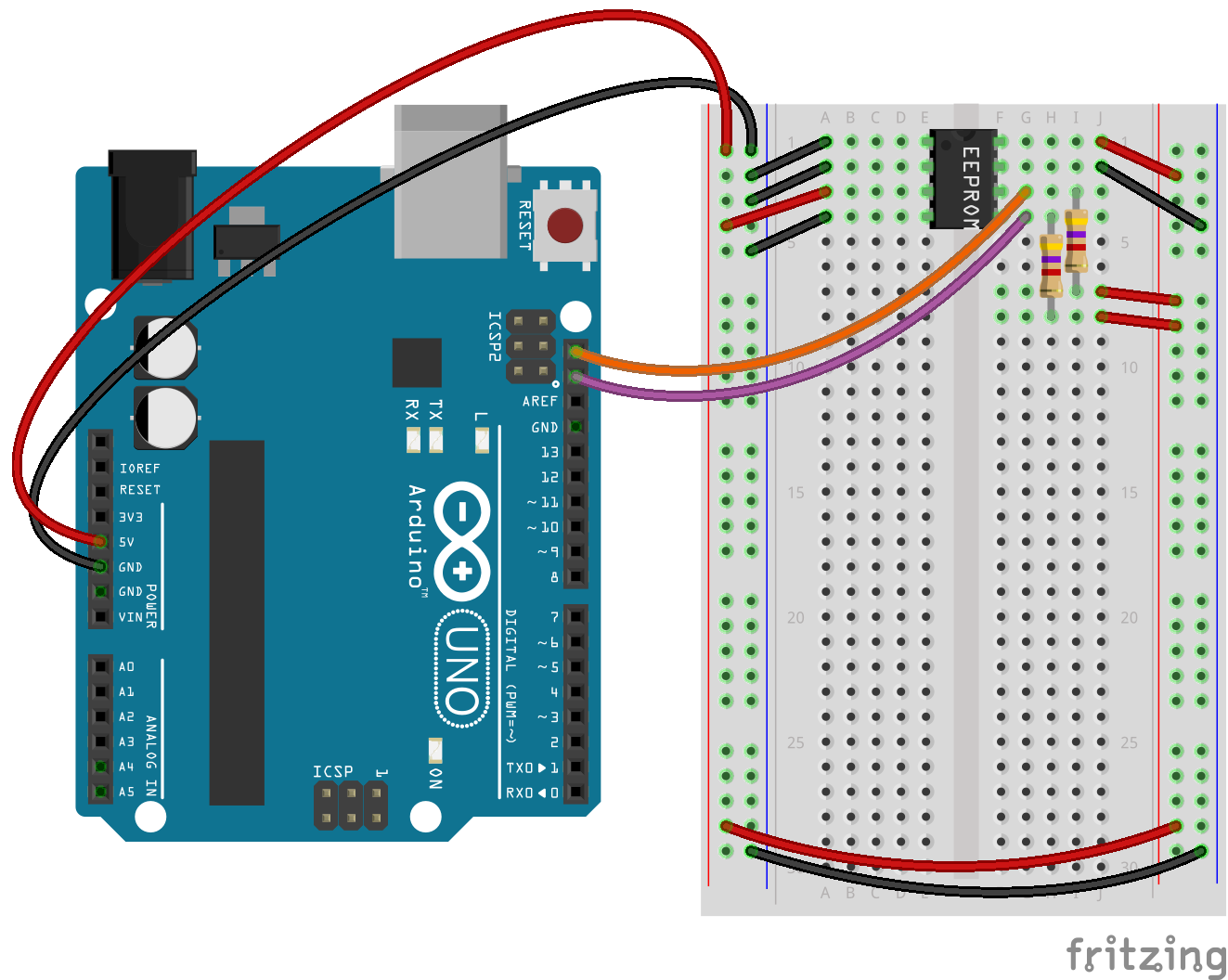Serial Eeprom Programmer 93c56

Introduction EEPROM, or Electrically Erasable Programmable Read- Only Memory, is a type of device that allows you to store small chunks of data and retrieve it later even if the device has been power cycled. A lot of modern microcontrollers – such as the ATmega328 – contain some built-in EEPROM, but that doesn't mean that you can't add more! Serial EEPROM devices like the allow you to add more memory to any device that can speak I²C. Today we're going to learn how to read and write serial EEPROM devices using Arduino.
Note that the null character which terminates the string is also written to memory. Thus, in reading the string using a STAMP or similar, t he programmer must test for zero to determine the end of the message. /* ** EEPROM2.C ** ** Illustrates how to program 93C56 Serial EEPROM using the Parallel ** Port. Save 93c56 programmer to get e-mail alerts and updates. 93C56 Adapter Board AK500 Adapter for AK500 AK500+ Key Programmer and Key Maker. Intrusion 2 hacked no demo. Serial EEPROM & FLASH.
EEPROM Basics Before we get into the hookup it's probably a good idea to familiarize ourselves with EEPROM and the history of ROM in general. That said, if you don't nerd-out on computer history it's probably safe to skip that section. Read-Only Memory ( ROM) is a type of computer memory which, generally speaking, is only programmed once (or very occasionally) and then gets read from the rest of the time. This is because it's very slow — or impossible — to write new data to ROM. The trade-off for very slow write times — traditionally — is that it's also non-volatile meaning that the data doesn't go away when power is removed from the device. This makes it ideal for things like firmware which need to be 'remembered' by the computer, but never actually change. The BIOS in your PC is stored on a form of ROM.
A Brief History of ROM Early 'Stored-Program' type computers — such as desk calculators and keyboard interpreters — began using ROM in the form of Diode Matrix ROM. This was memory made up of discrete semiconductor diodes placed on a specially organized PCB. This gave way to Mask ROM with the advent of integrated circuits. Mask ROM was a lot like Diode Matrix ROM only it was implemented on a much smaller scale. This meant, however, that you couldn't just move a couple of diodes around with a soldering iron and reprogram it.  Mask ROM had to be programmed by the manufacturer and was thereafter not alterable.
Mask ROM had to be programmed by the manufacturer and was thereafter not alterable.
Unfortunately, Mask ROM was expensive and took a long time to produce because each new program required a brand new device to be manufactured by a foundry. In 1956, however, this problem was solved with the invention of PROM ( Programmable ROM) which allowed developers to program the chips themselves.

That meant manufacturers could produce millions of the same unprogrammed device which made it cheaper and more practical. PROM, however, could only be written to once using a high-voltage programming device. After a PROM device was programmed, there was no way to return the device to its unprogrammed state. A UV Erasable Microcontroller. The window gives it away. This changed in 1971 with the invention of EPROM ( Erasable Programmable ROM) which — besides adding another letter to the acronym — brought with it the ability to erase the device and return it to a 'blank' state using a strong UV light source. That's right, you had to shine a bright light on the IC to reprogram it, how cool is that?